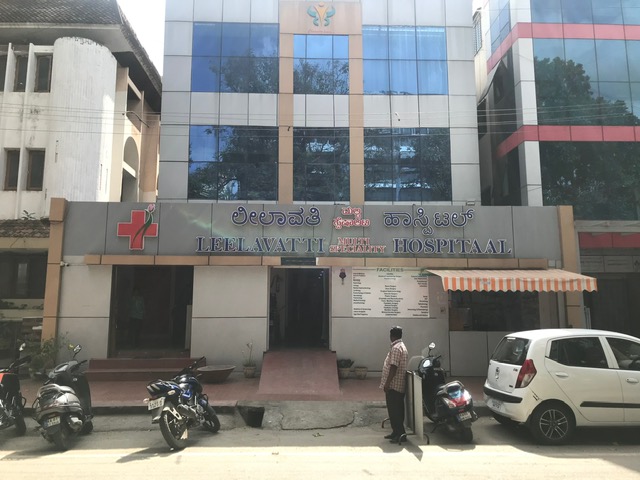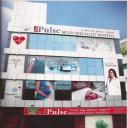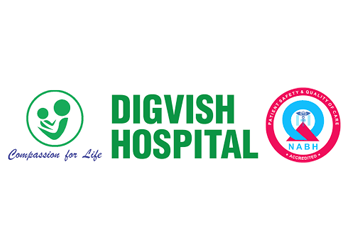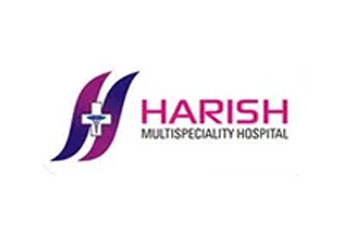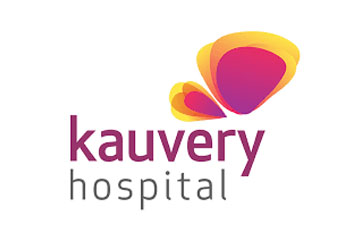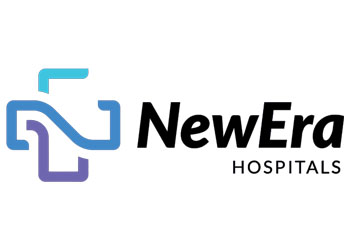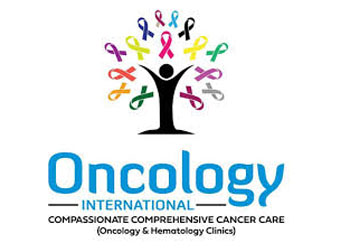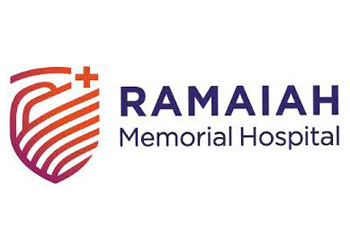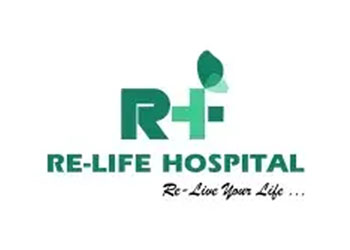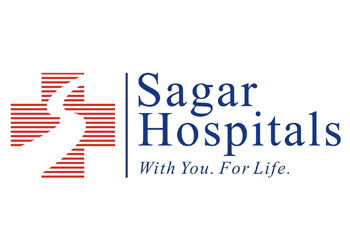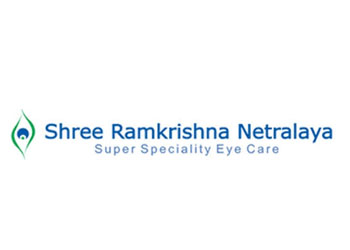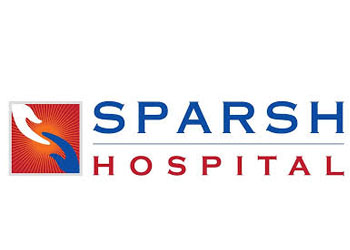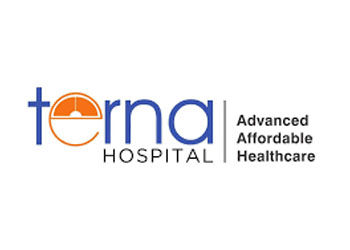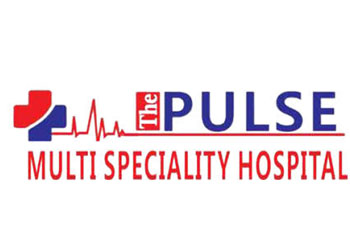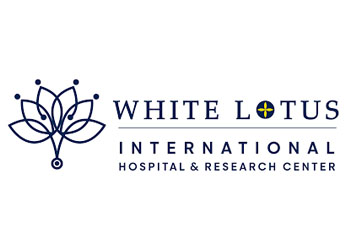Advanced Brain & Spine Care, Designed Around You
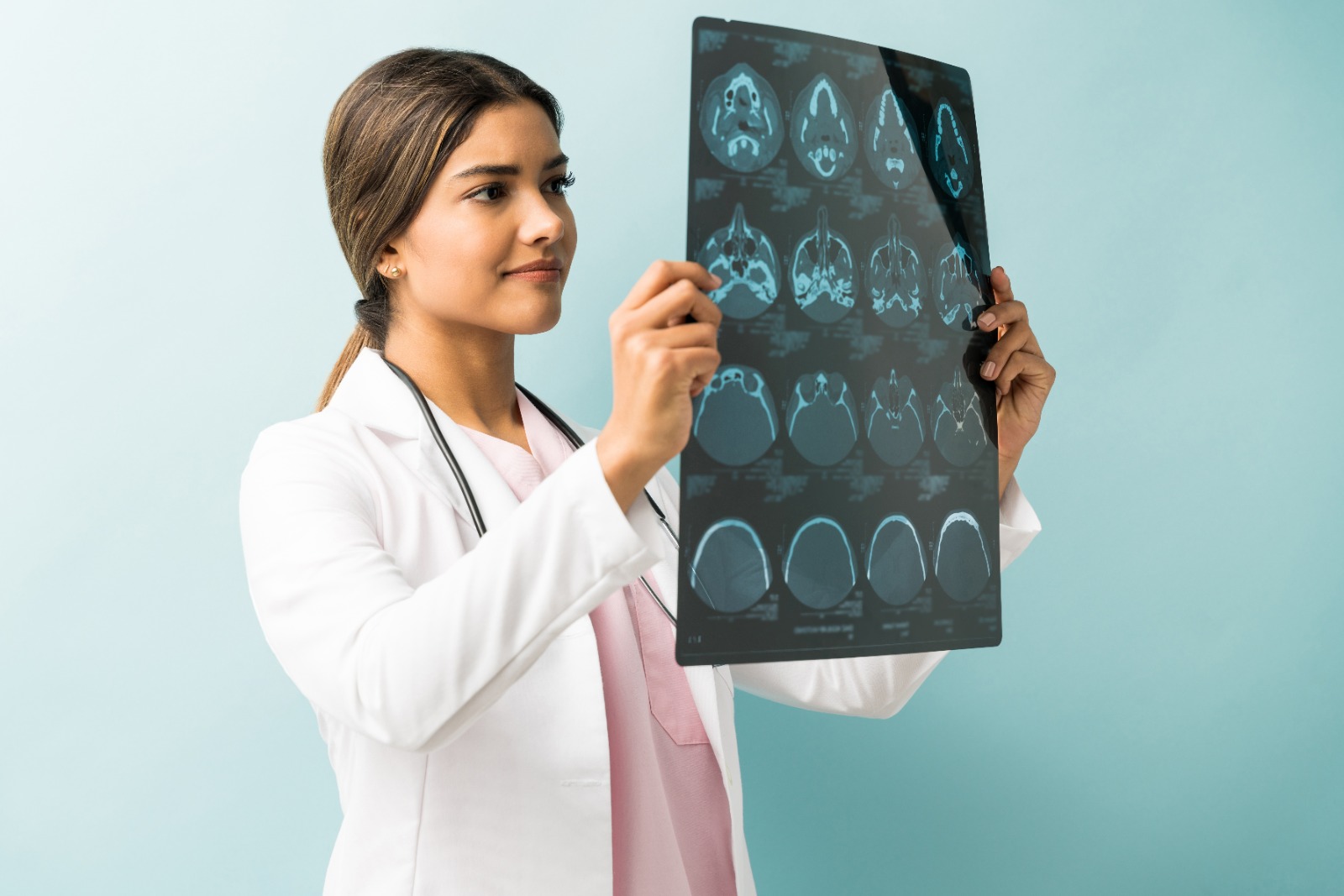
DBS (deep brain stimulation) is an innovative, surgical treatment option that is needed to treat movement disorder patients suffering from Parkinson's disease, essential tremor and dystonia. It requires electrodes to be surgically implanted in particular areas of the brain that are responsible for motor control. Those electrodes are attached to a tiny device, known as a neurostimulator, implanted beneath the skin near the chest, which delivers electrical pulses to control aberrant brain activity.
The process is conducted in two separate phases - initially, positioning the electrodes using state-of-the-art brain mapping and imaging technology and then inserting the pulse generator. Once it is turned on, the system is adjusted externally to give the best achievable outcome over time.
DBS is advised for patients who have symptoms that can no longer be controlled with the help of medication. It is necessary if you are someone suffering from disabling medication side effects. It’s not a cure, by any means, but it can reduce symptoms like tremors, stiffness, and involuntary movements. Most patients experience a dramatic improvement in the quality of life and their dependence on medication is decreased.
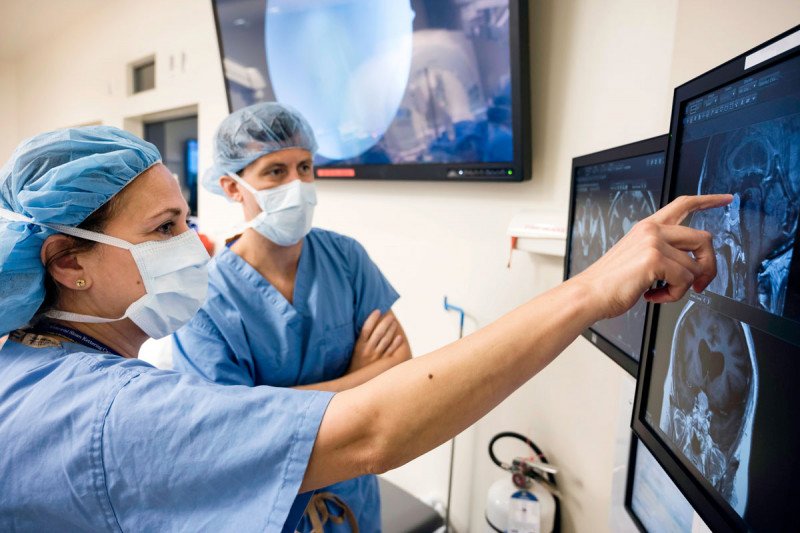
Brain tumor surgery is performed to remove abnormal growths in the brain while minimizing damage to normal tissue. With the help of state-of-the-art neuro-navigation and intra-operative imaging systems, these modern approaches make it possible to perform minimally invasive surgery more accurately and safely.
The operation starts with advanced imaging like MRI and CT scans, which help map the precise location of the tumor and plot the safest course. Depending on the size, location and type of the tumor, the surgeons may operate either through a craniotomy or through keyhole techniques. Intraoperative monitoring prevents key brain functions from being affected while the operation is being conducted.
Candidates for surgery include patients with both benign and malignant tumors that are accessible and causing symptoms like headaches, seizures, vision problems, or speech difficulties. The main goals are to relieve pressure on the brain, prevent further neurological decline, and remove as much of the tumor as safely possible.

A brain aneurysm is a bulge in a blood vessel caused by a weak spot in the vessel wall, which can rupture and cause a potentially fatal hemorrhage. Two primary interventions are used to treat brain aneurysms: surgical clipping and endovascular coiling.
Clipping is an open surgical procedure where a neurosurgeon places a metal clip at the base of the aneurysm to prevent blood flow into it. This is done through a craniotomy, where a portion of the skull is temporarily removed to access the brain.
Coiling, on the other hand, is a minimally invasive approach. A catheter is inserted through the groin and guided up to the brain. Platinum coils are deployed into the aneurysm to promote clotting and seal it off from circulation.
These procedures are generally recommended for patients with aneurysms that have ruptured or are at high risk of rupture due to size, shape, or location. Successful intervention prevents rupture, re-bleeding, and life-threatening complications like stroke or permanent brain damage.
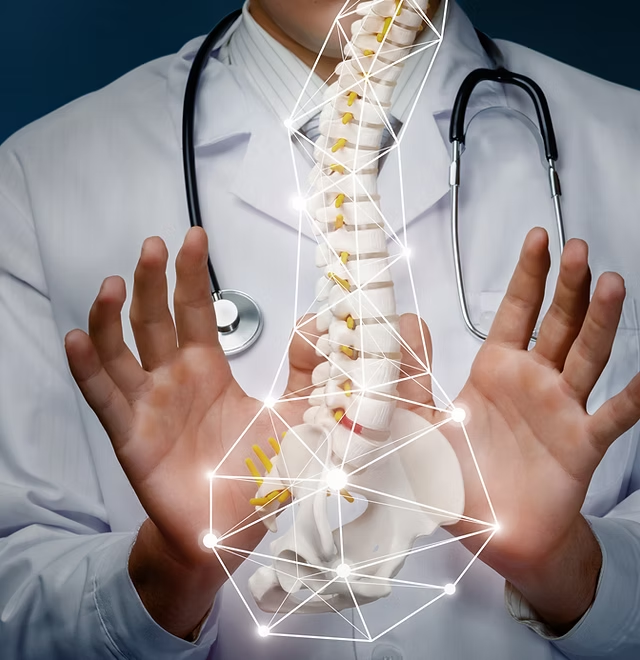
Minimally Invasive Spine Surgery (MISS) offers advanced treatment for a variety of spinal disorders using small incisions, reduced muscle disruption, and image-guided navigation tools. It’s often used to treat herniated discs, spinal stenosis, scoliosis, or spinal instability with less trauma compared to traditional open spine surgery.
The procedure involves inserting specialized instruments through small cuts in the skin, guided by real-time fluoroscopy or computer navigation. Tubular retractors help create a narrow tunnel to the spine, allowing the surgeon to work with precision without cutting large amounts of muscle or tissue. Depending on the condition, the procedure may involve spinal fusion, decompression, or disc removal.
MISS is ideal for patients with localized spinal issues, chronic back or neck pain, nerve compression, or those unresponsive to conservative treatments like physical therapy and medication. It's especially beneficial for older adults or those with conditions that increase surgical risk.
Benefits include less blood loss, reduced risk of infection, shorter hospital stays, and quicker return to daily activities. Most patients experience less postoperative pain and faster recovery times. Scarring is minimal, and the risk of complications is lower than with traditional open surgery.

Epilepsy and dementia are two distinct yet impactful neurological conditions that require comprehensive, individualized management. Epilepsy is a chronic disorder characterized by recurrent, unprovoked seizures due to abnormal electrical activity in the brain. Dementia, on the other hand, involves progressive cognitive decline that interferes with memory, judgment, and daily functioning.
Treatment for epilepsy begins with thorough diagnostic evaluations, including EEG, MRI, and video monitoring. Antiepileptic drugs are the first line of therapy, with surgery or neurostimulation options like Vagus Nerve Stimulation (VNS) considered for drug-resistant cases. Lifestyle changes and seizure precautions are also crucial to managing the disorder.
For dementia, the focus is on slowing progression, managing symptoms, and improving quality of life. Treatment may include medications like cholinesterase inhibitors, memory-enhancing activities, and caregiver support. The underlying cause (whether Alzheimer’s, vascular dementia, or other forms) guides the treatment approach.
Epilepsy typically affects younger populations, while dementia is more prevalent among the elderly. However, both conditions can significantly impact independence and emotional well-being. Early diagnosis is key for both, as timely treatment can delay worsening and improve outcomes.
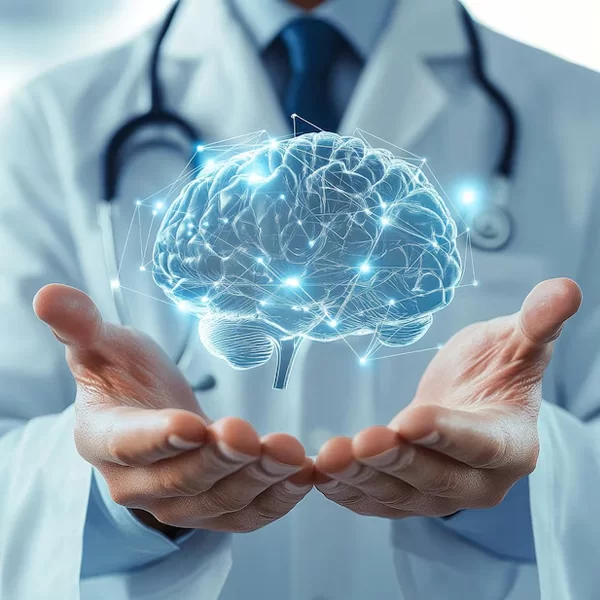
A stroke occurs when the blood supply to a part of the brain is interrupted or reduced, leading to brain cell death. Prompt treatment is critical to minimize damage and improve outcomes. There are two main types: ischemic (caused by a clot) and hemorrhagic (caused by bleeding).
Immediate stroke management includes clot-busting medications like tPA for ischemic strokes, ideally within 4.5 hours of symptom onset. Mechanical thrombectomy may be performed to remove larger clots. Hemorrhagic strokes may require surgery to stop bleeding or reduce pressure on the brain.
Patients typically show warning signs such as sudden weakness on one side, speech difficulty, confusion, or loss of vision. Recognizing the symptoms and seeking emergency care quickly is crucial.
Stroke management is ideal for patients at risk due to hypertension, smoking, heart disease, or family history. With rapid intervention and comprehensive care, many stroke survivors can achieve significant recovery.
Hospital
- Bangalore, Karnataka
-
Timings:
24/7 Service
PULSE MULTI SPECIALITY HOSPITAL
Spine
NO/5/8/1 ,50 FEET ROAD MUNESHWARA BLOCK GIRINGAR, BANGALORE.
- Bangalore, Karnataka
-
Timings:
24/7 Service





